It should serve as a signpost, as a “helpful tool” for decision makers. The federal minister of education and research, Bettina Stark-Watzinger, presented the Wasserstoffatlas (hydrogen atlas) at the end of July 2022 in Berlin as a tool to facilitate estimation of the “potential, consumption, costs and effectiveness in emissions reduction of different hydrogen applications.”
According to the minister, the atlas should give a clear picture of “where we stand” as well as “what there is still to do.” Stark-Watzinger stated, “We have a vision: Make Germany into a hydrogen republic, in order to widen our energy supply – clean and secure. And we will now put these plans into action.”
She further said, “The German government has set itself the goal of being climate-neutral by 2045, and this will only succeed with energy of the future hydrogen. Green hydrogen is our big chance.”
The new compendium, which manifested with the help of the technical university Ostbayerische Technische Hochschule Regensburg (OTH Regensburg), should show which H2 potentials and capacities are already available and what possibilities will arise in the future. Which plants are there already? Where are new ones planned? Where could the use of H2 technologies be worthwhile – where is it rather not? What CO2 saving options are there, and how expensive are they? And where is there potential to create employment opportunities?
Dr. Michael Sterner, professor at OTH Regensburg, stated: “We need renewable electricity and hydrogen and its derivatives for our energy supply security and climate neutrality. And in great quantities. Hydrogen is not at all the champagne of the clean energy transition, but rather, in addition to renewable electricity, the main fuel to make Germany climate-neutral. We have great potential to do it in this country, which we want to activate with the hydrogen atlas.”
The hydrogen atlas, funded with 700,000 euros, lists inventory data from 2012 to the present and additionally should allow a comparison of hydrogen with fossil fuels in all sectors and applications (electricity, buildings, transport, industry). It is therefore suitable as a tool for project planners, municipalities, public utilities, investors and other decision makers. It does not limit itself to Germany, but includes cooperations with foreign technology partners as well.
www.wasserstoffatlas.de



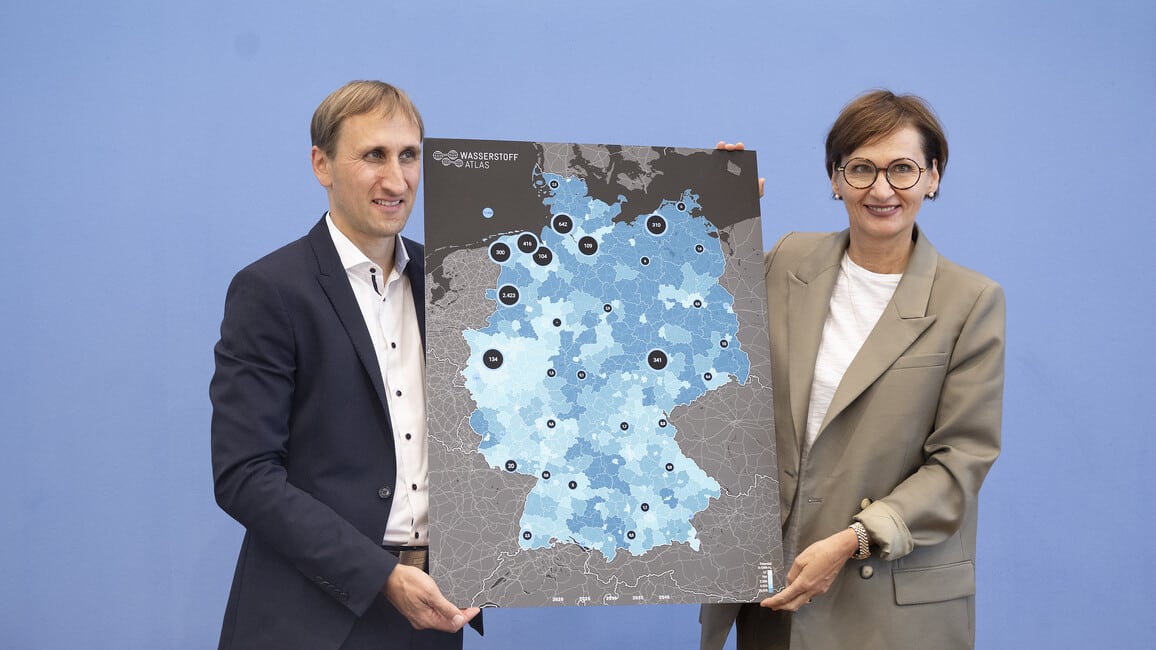


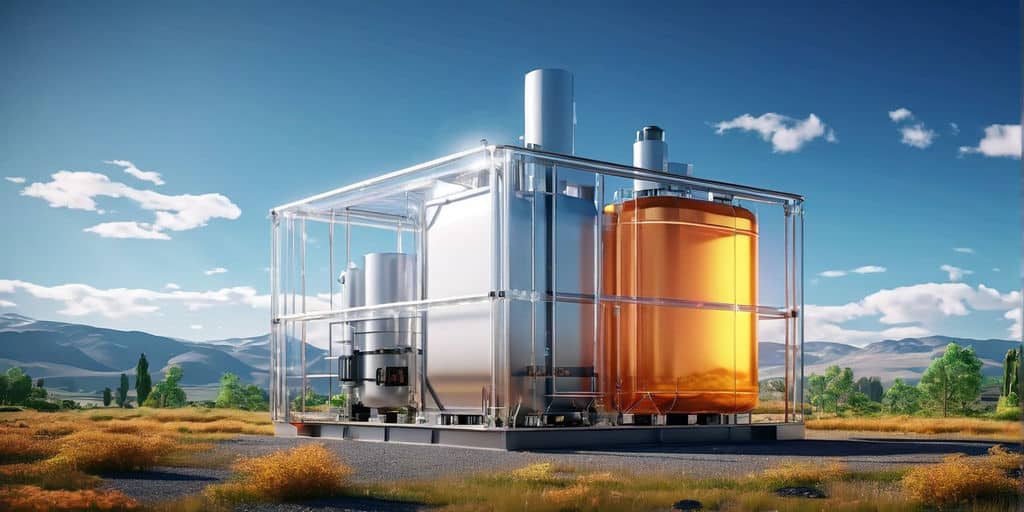
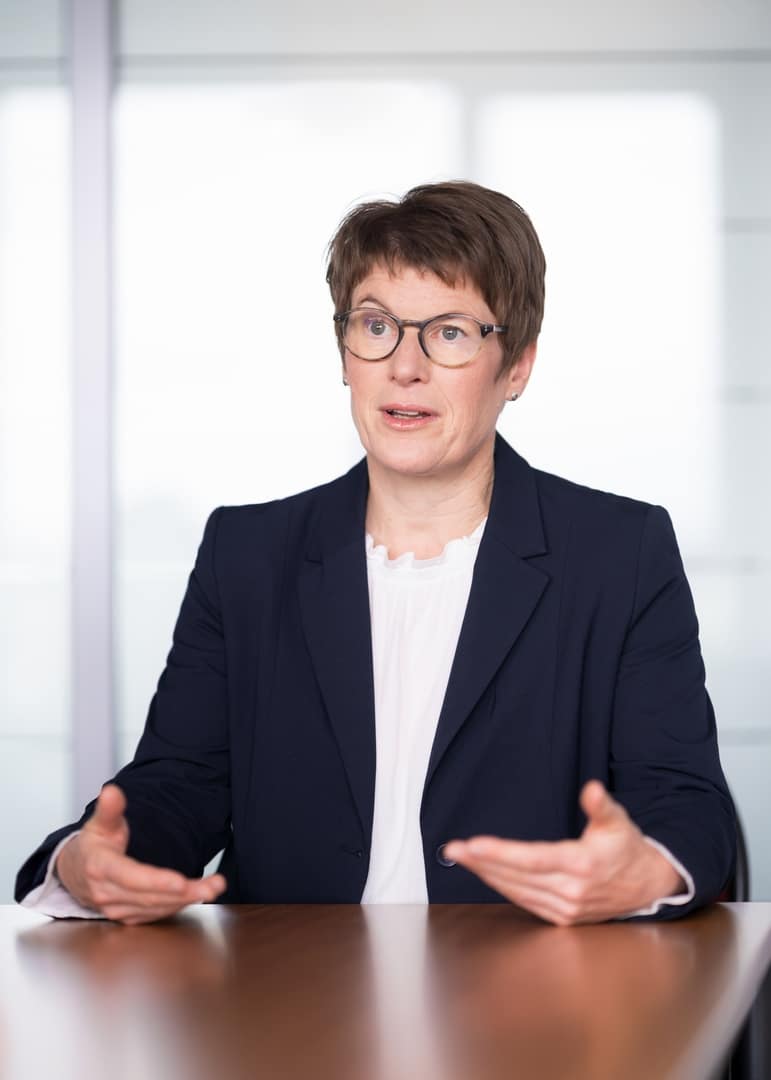
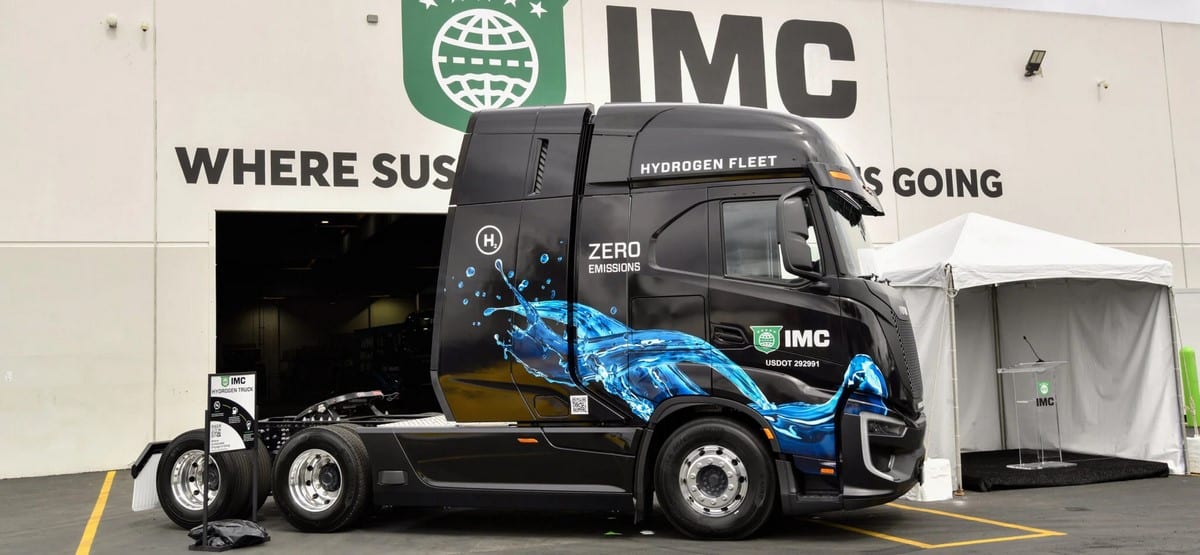
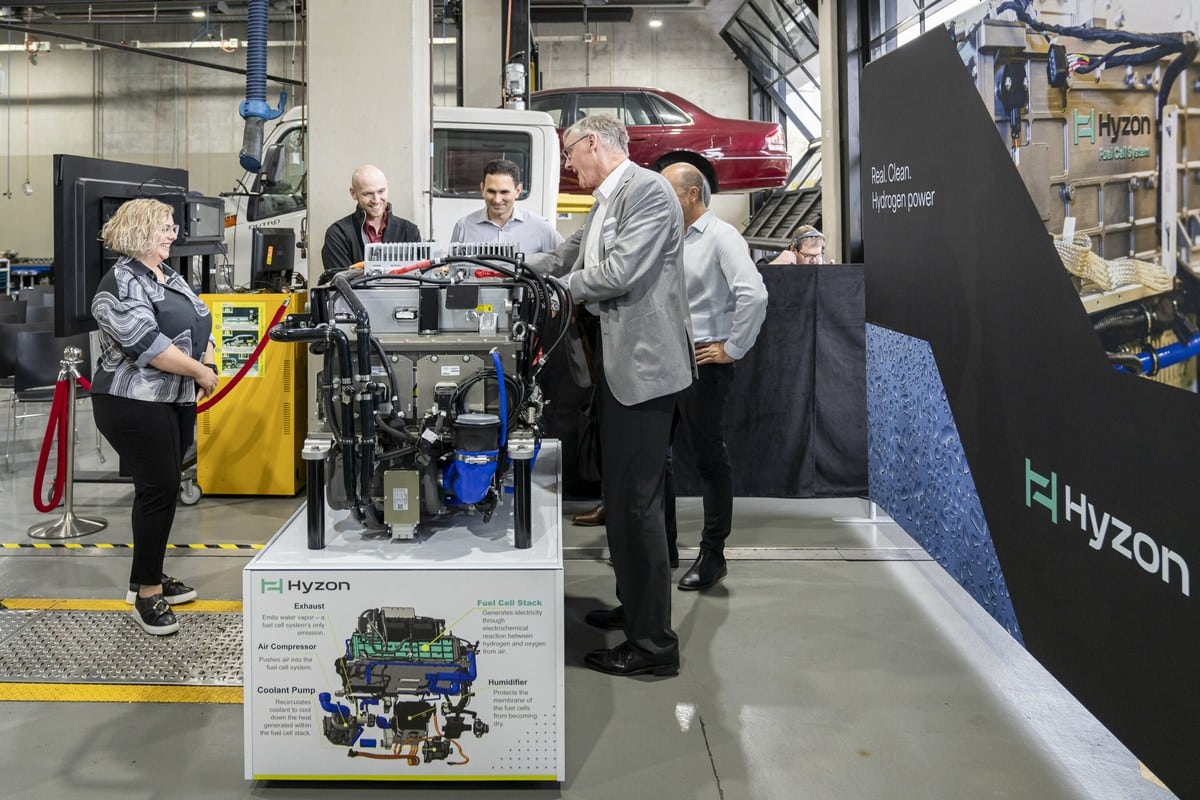
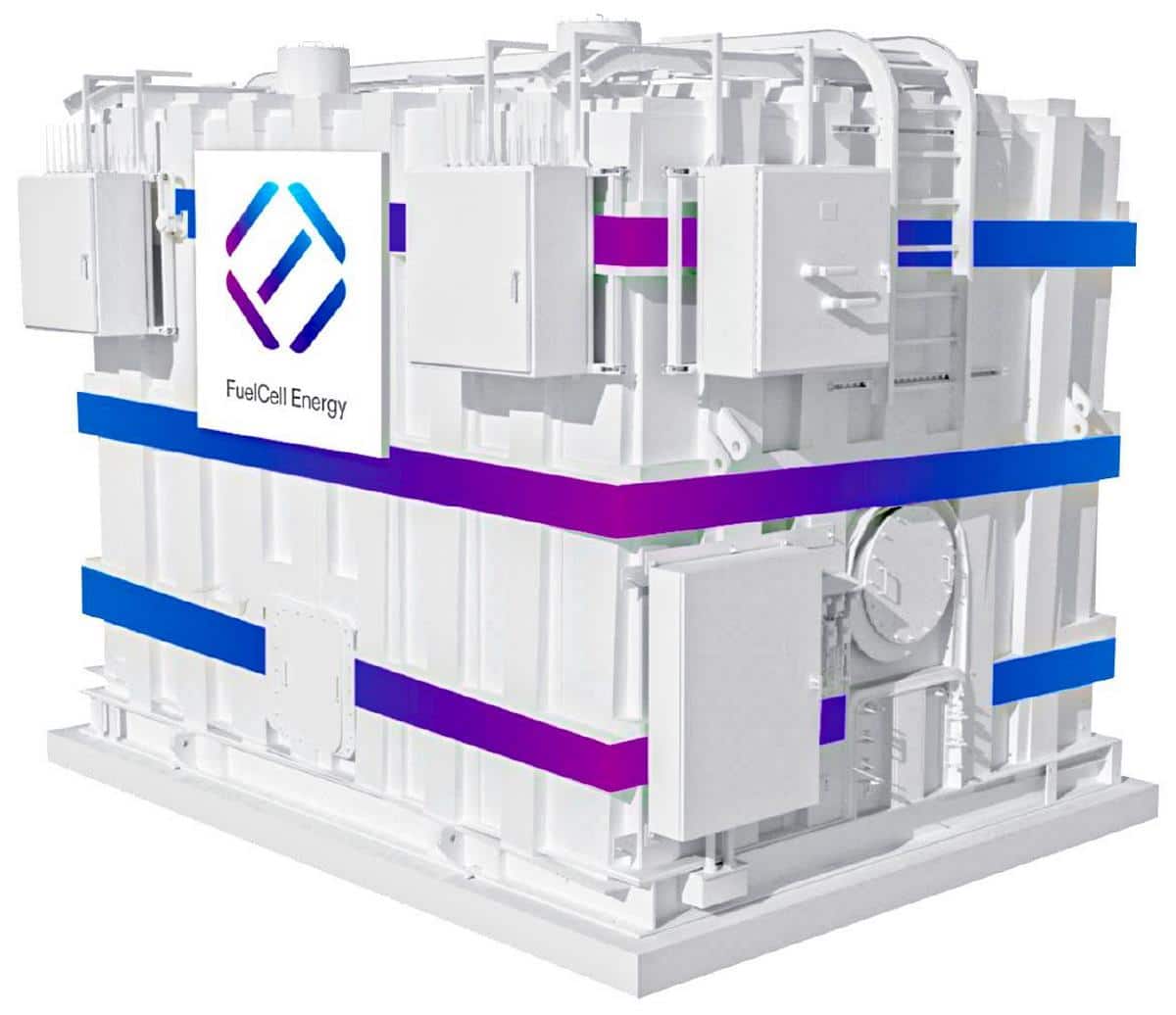
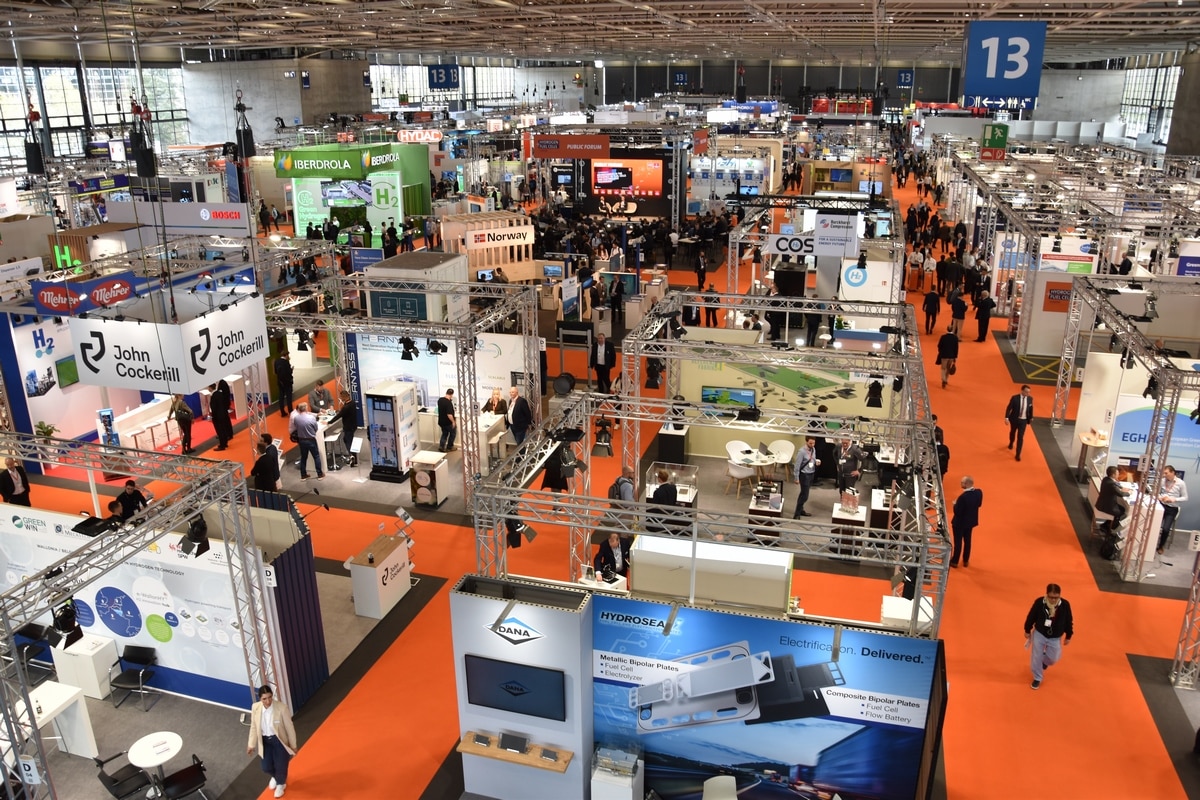

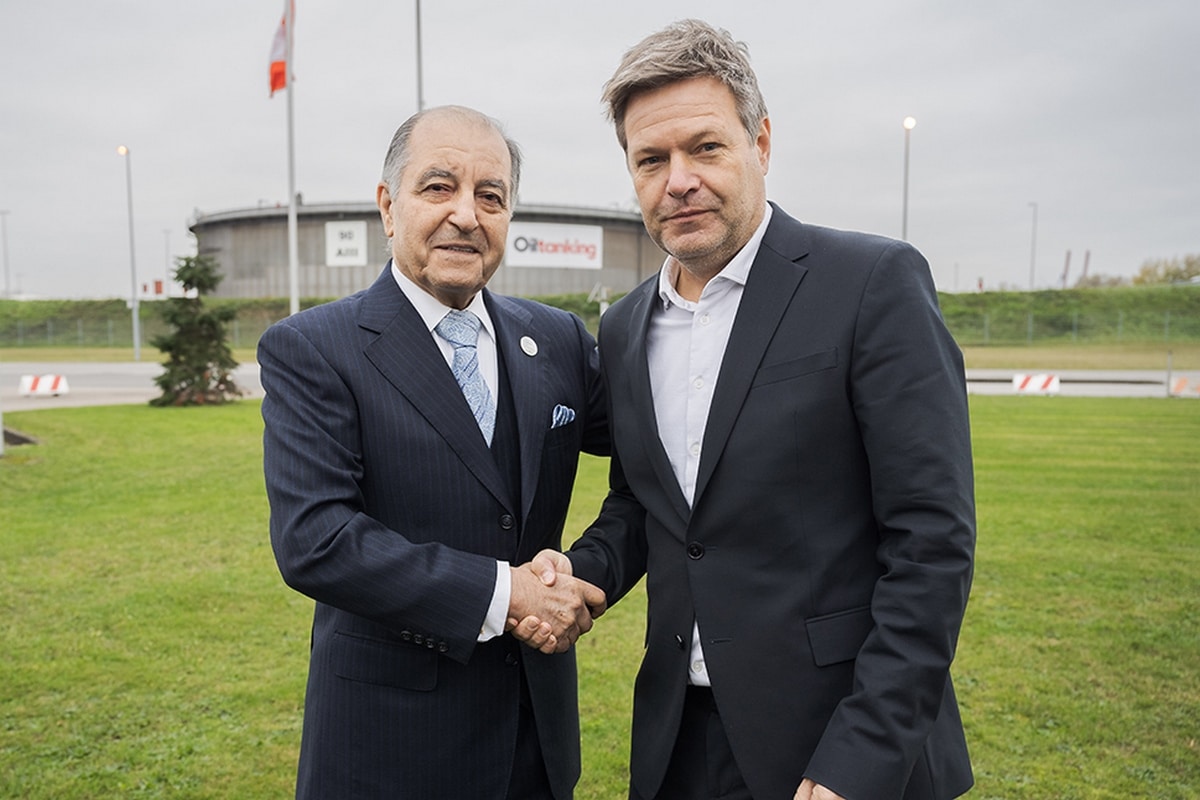

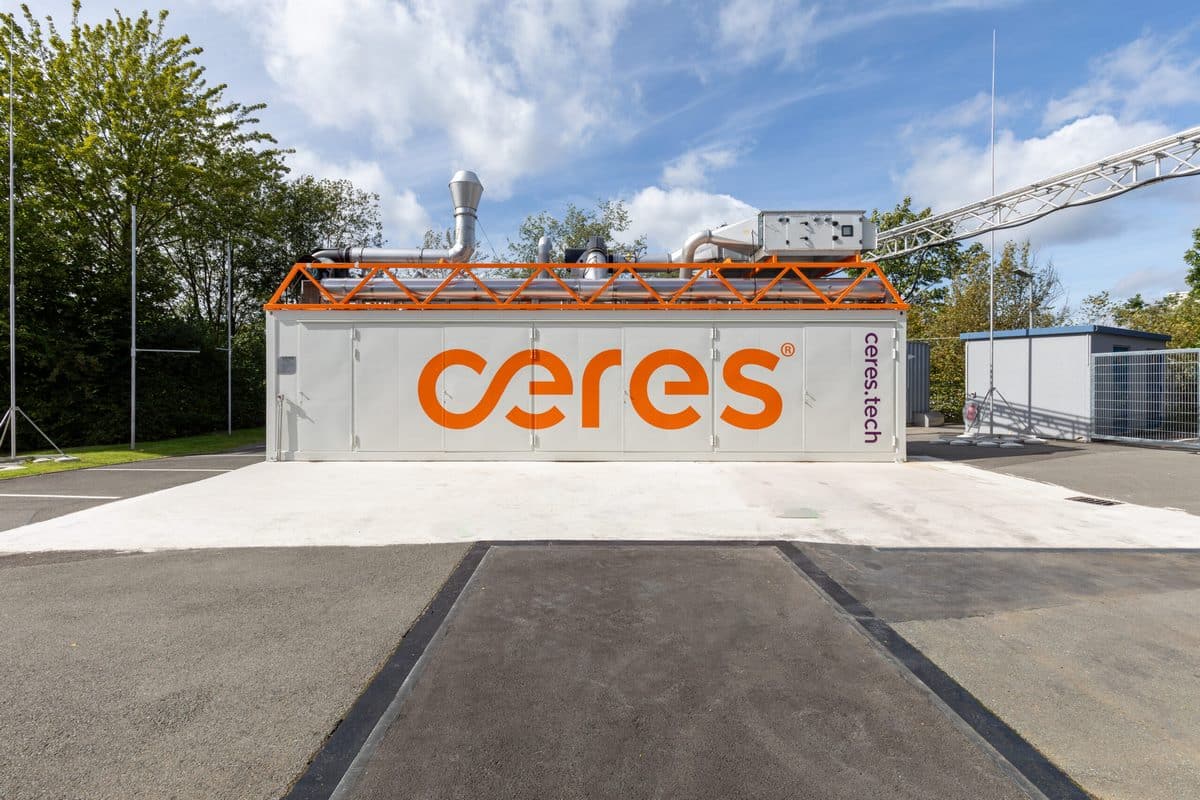
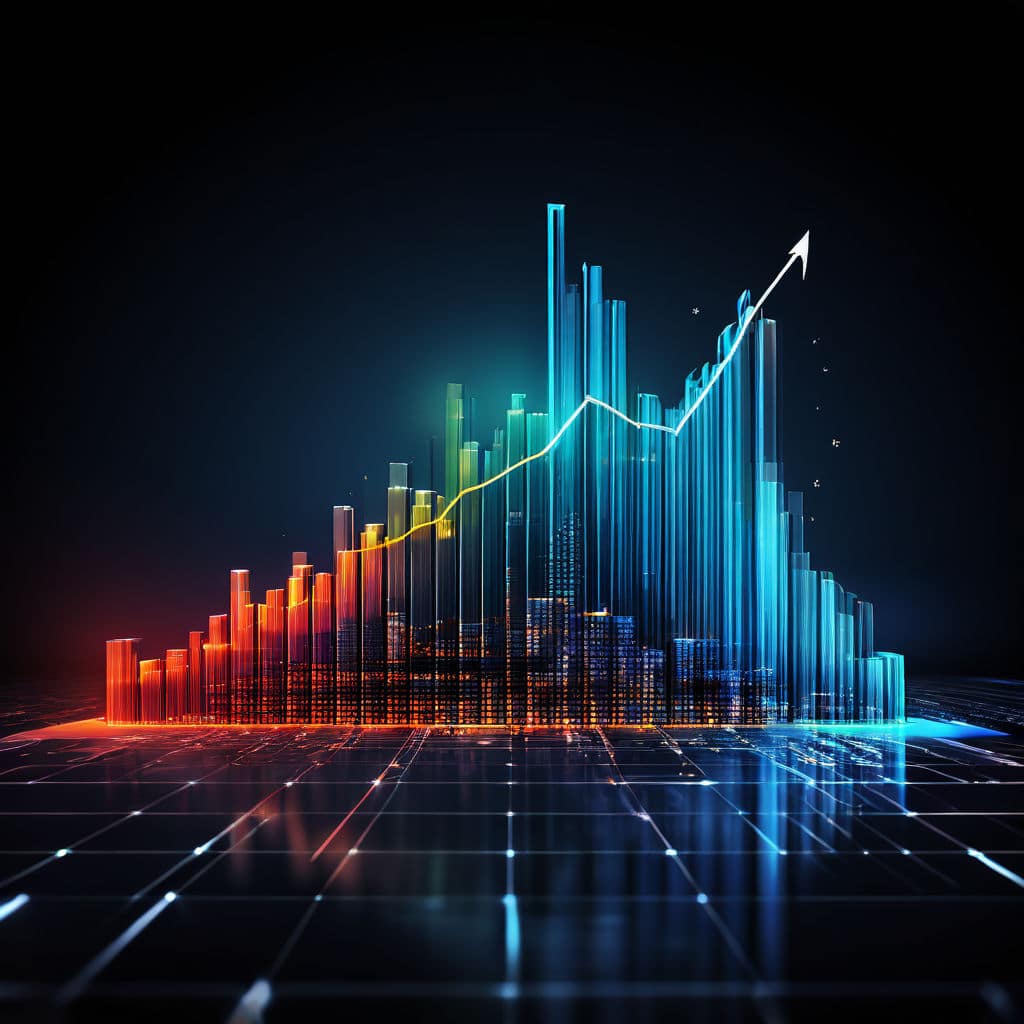
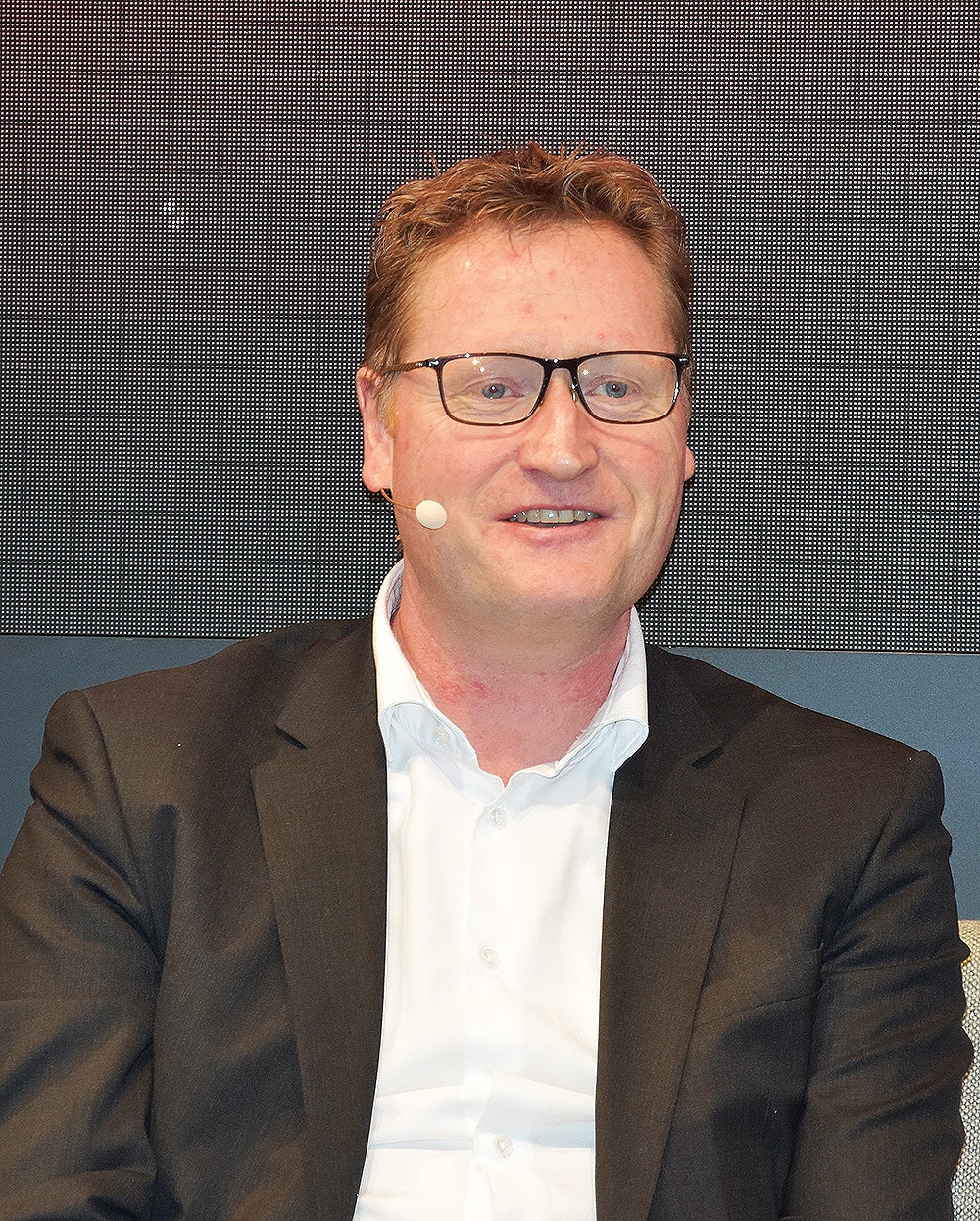

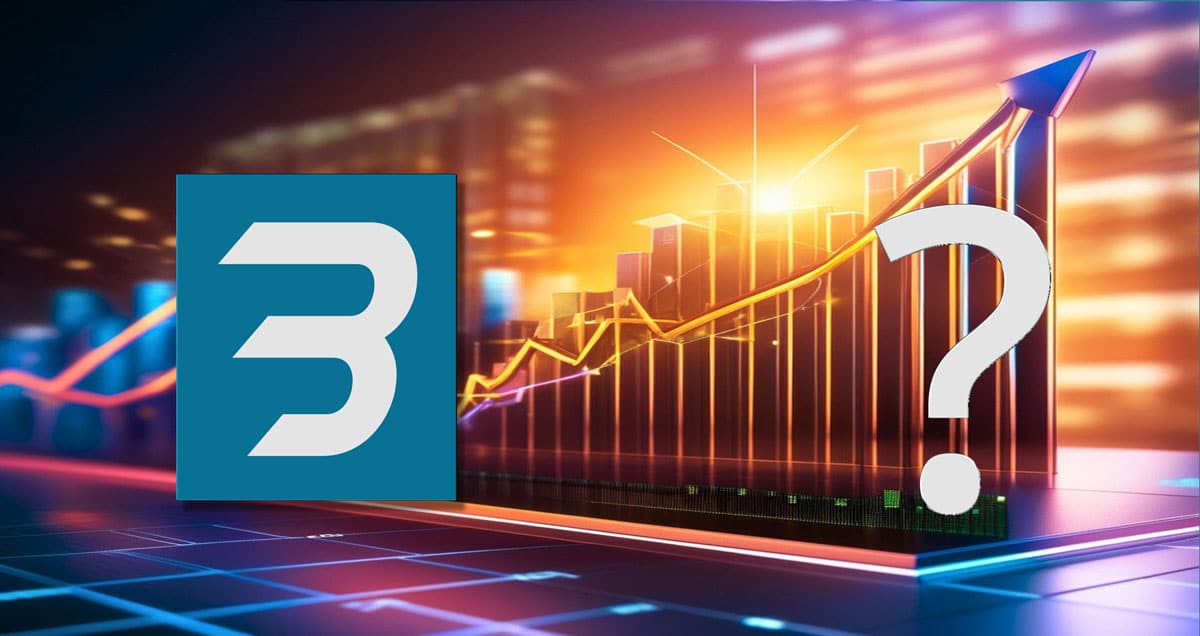
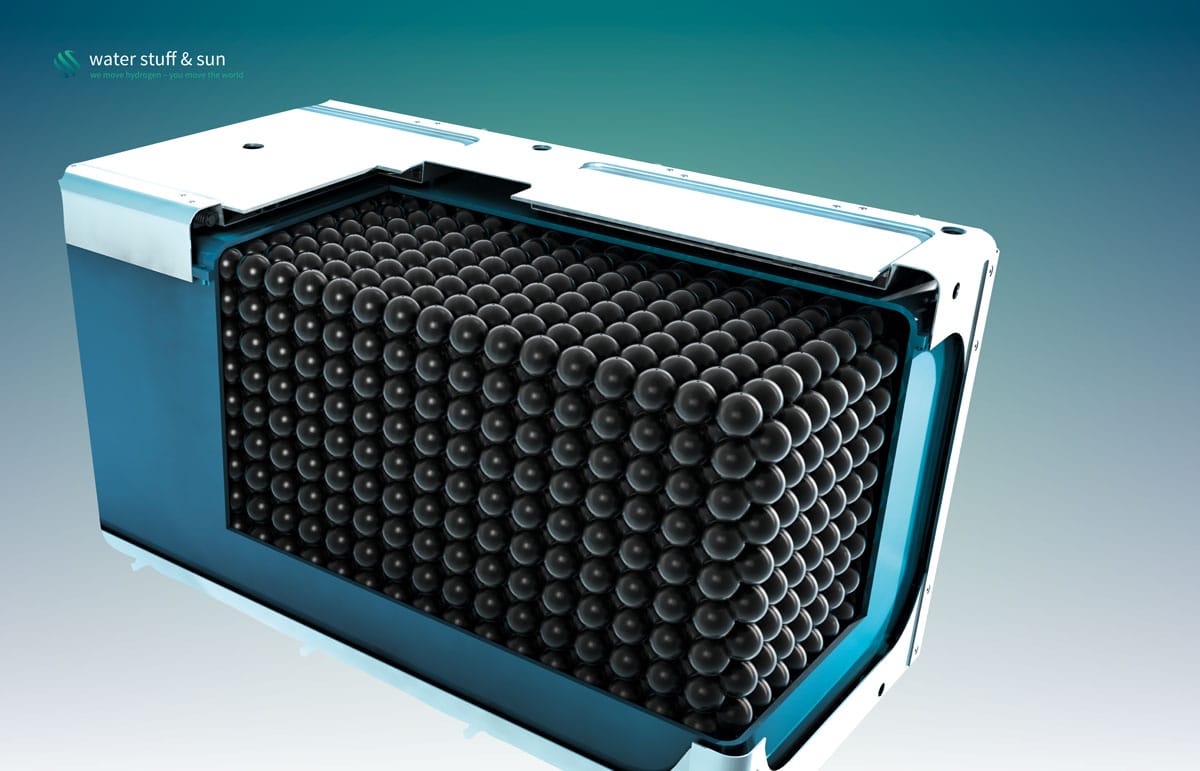

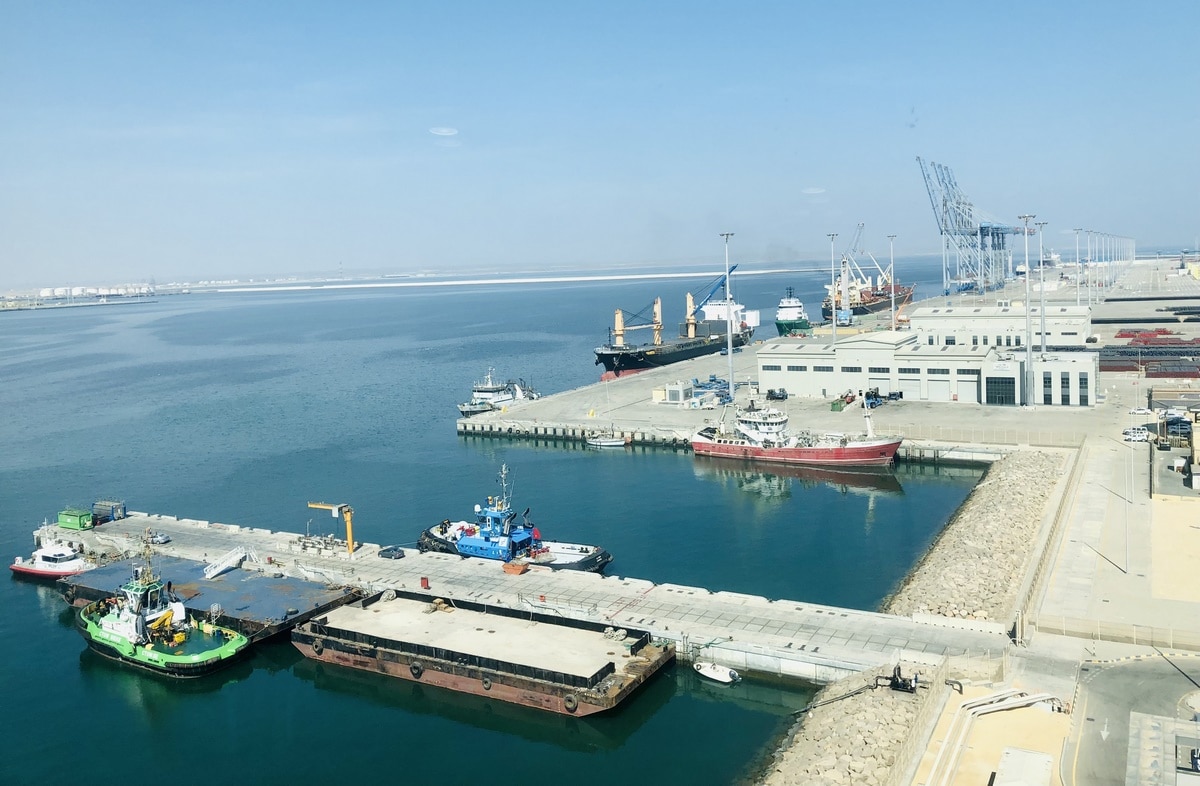

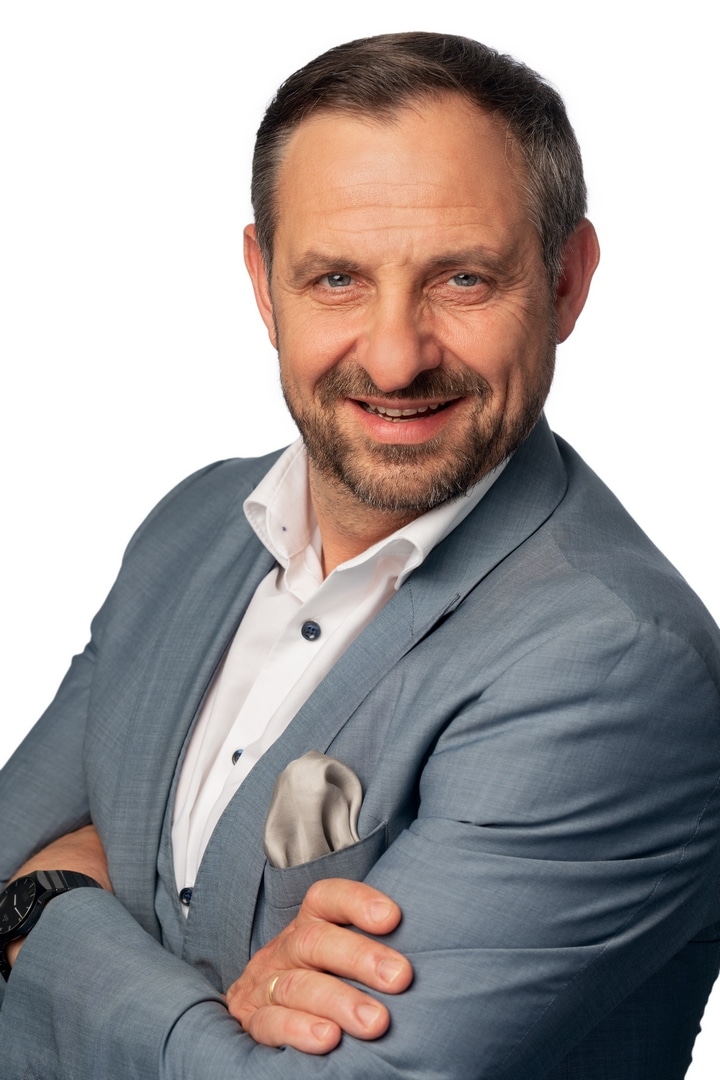
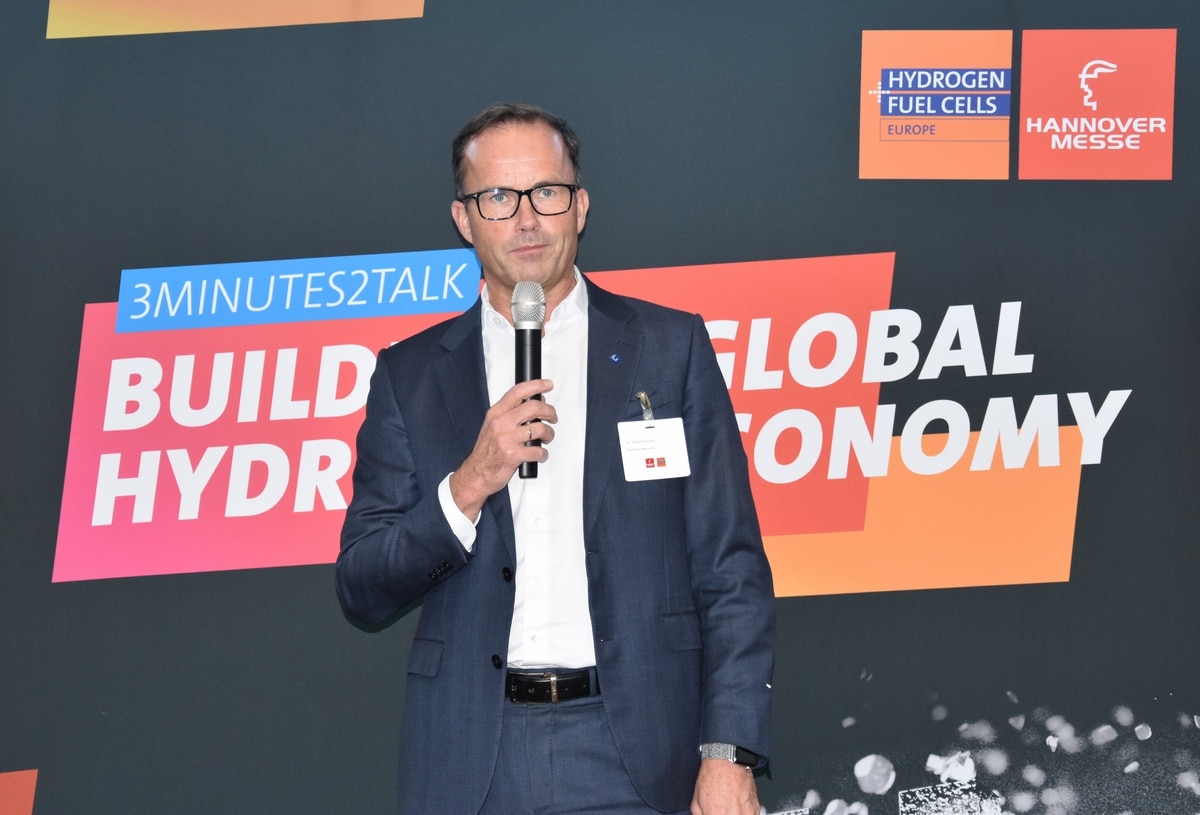
0 Comments